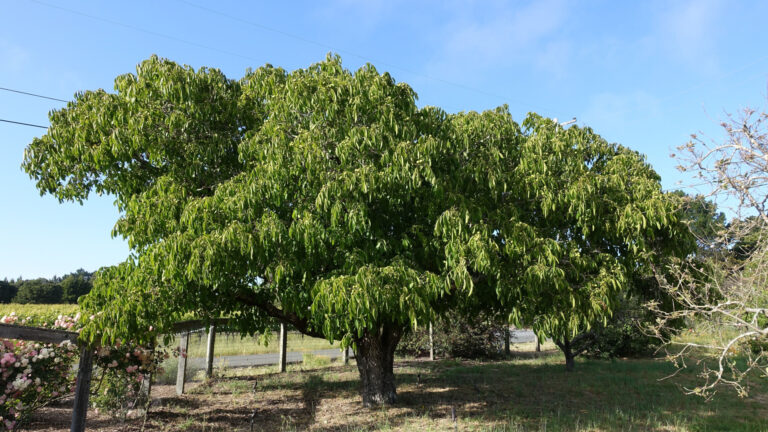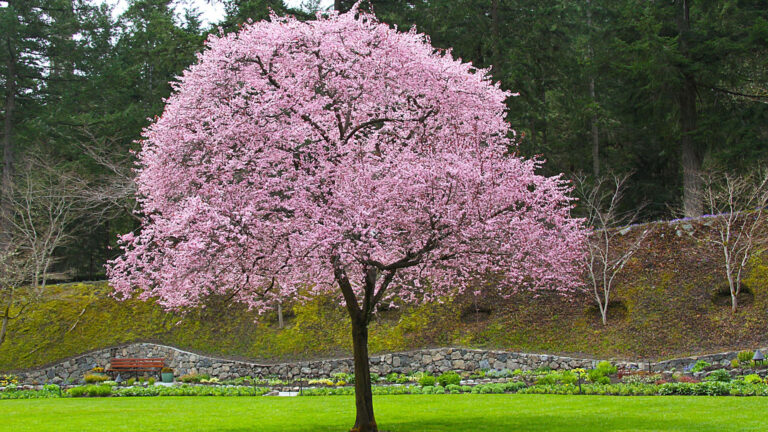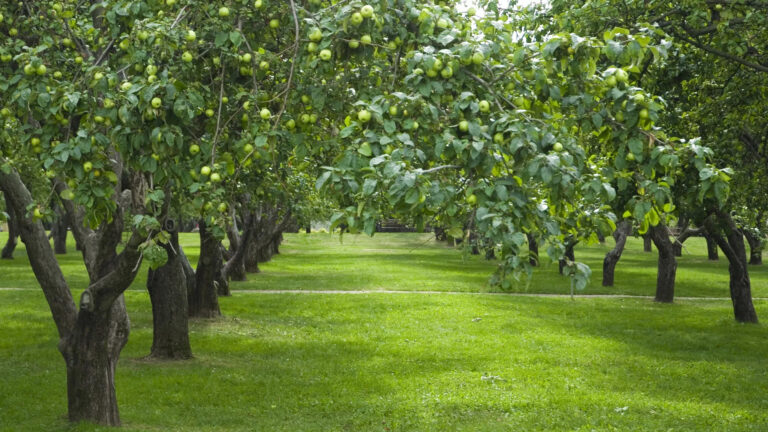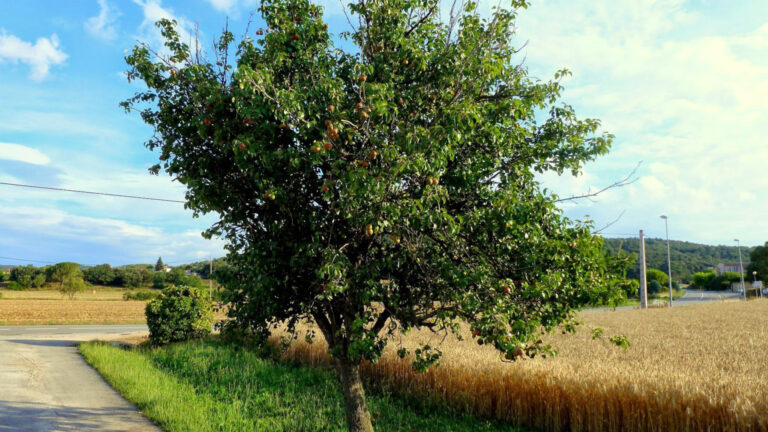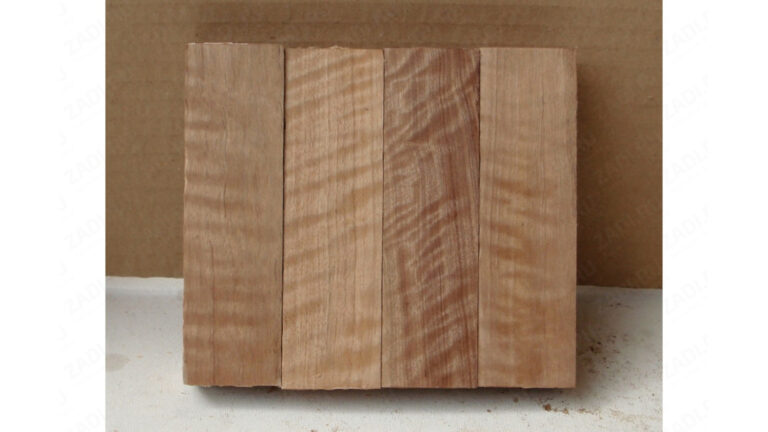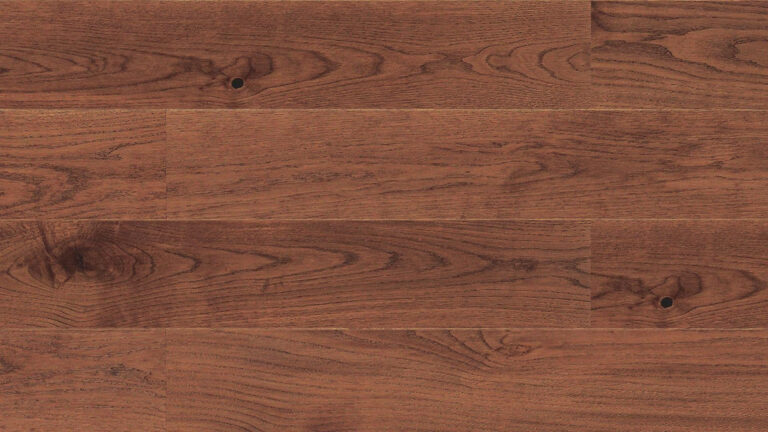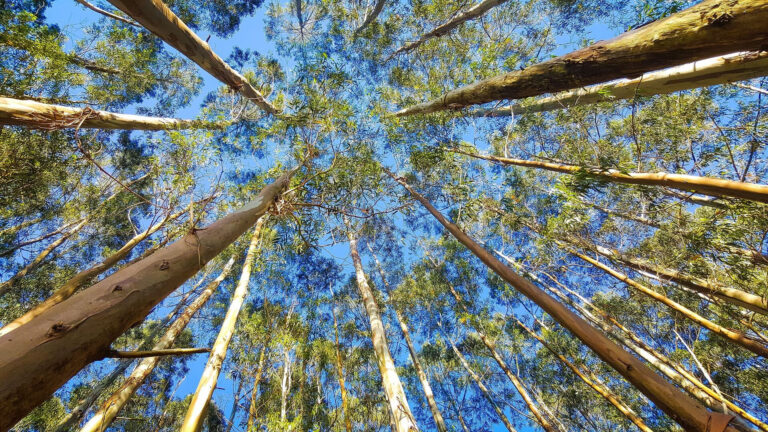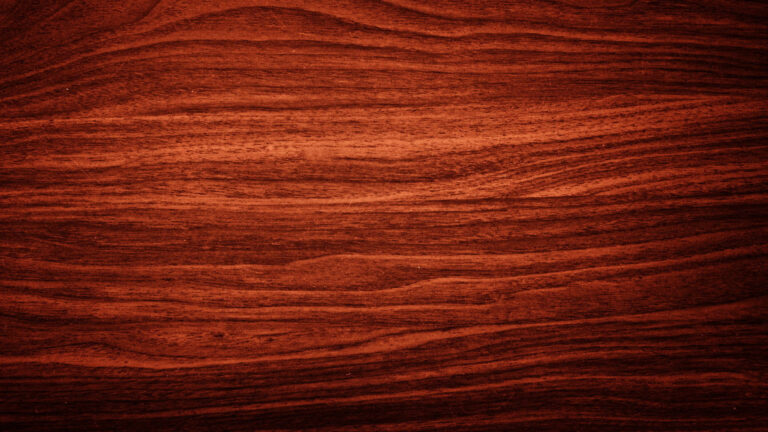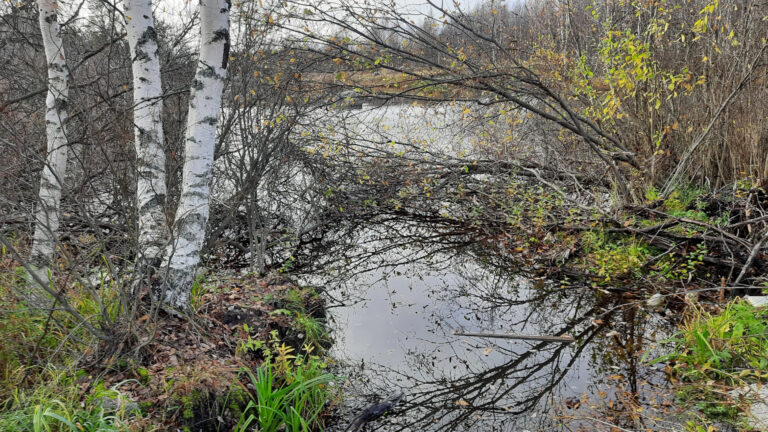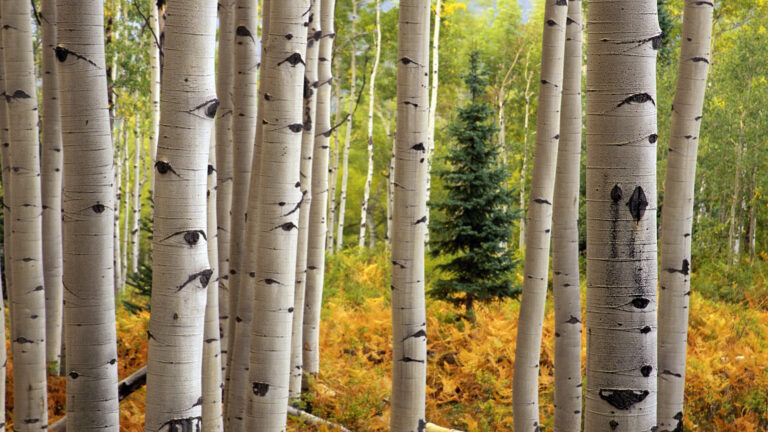The term “black tree” also includes all black-colored representatives of this wood. Ebony grows on the vast regions of Ceylon, Madagascar, and the island of St. Mauritius. Surprisingly, the tree is named for its rich black color. This timber is dense and homogeneous, and it can sometimes be seen as having low-visibility annular circles and receptacles that increase its value. White interiors, which are distinguished against the background of the kernel and younger rings, are not so valued.
This wood is dense and heavy and has excellent mechanical properties. Ebony is difficult to work with, especially those with wavy fibers. During the drying process, this type of wood cracks and breaks easily. The wood is almost free of decay and absorbs the varnish very well. However, ebony cannot be polished because it degrades its beauty. Today, this timber is used even less frequently than mahogany. It is used in the creation of parts of expensive furniture, musical instruments, canes, boxes, figurines, and other luxury goods.


